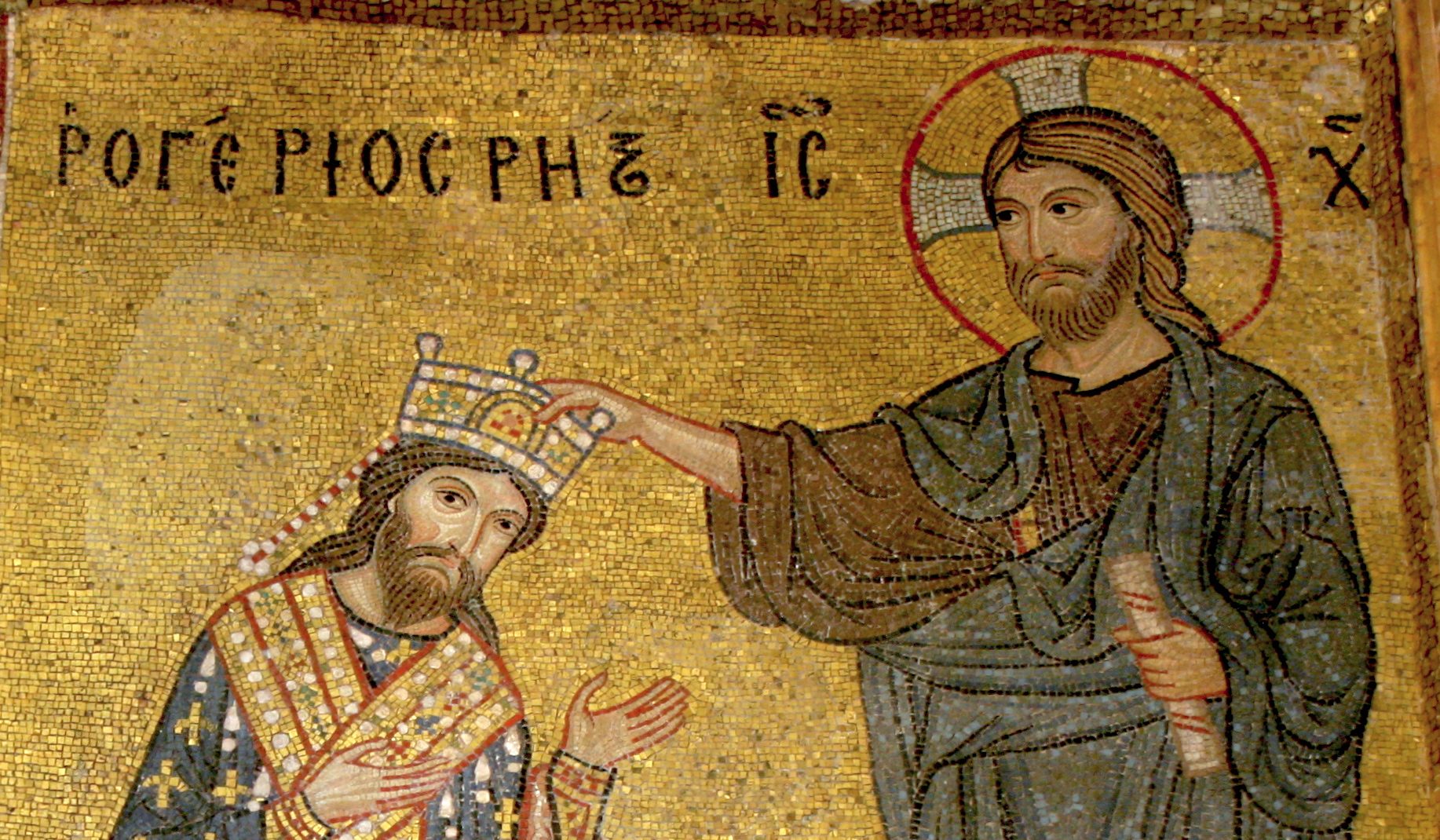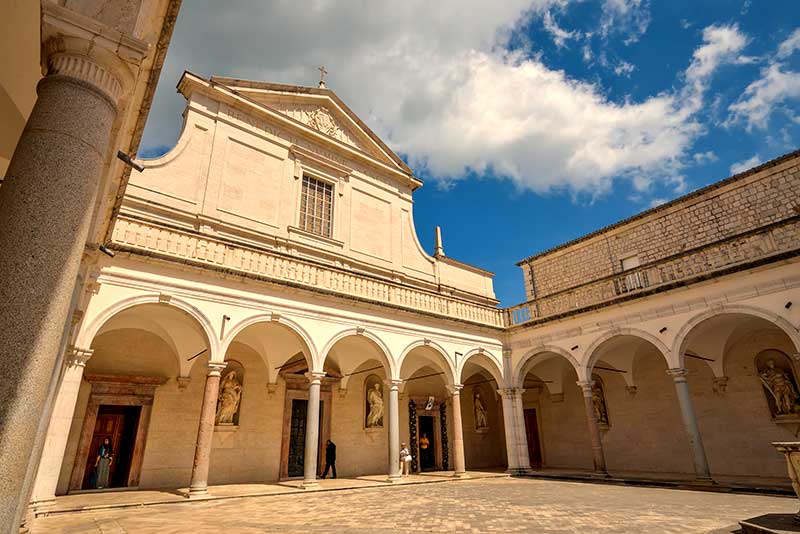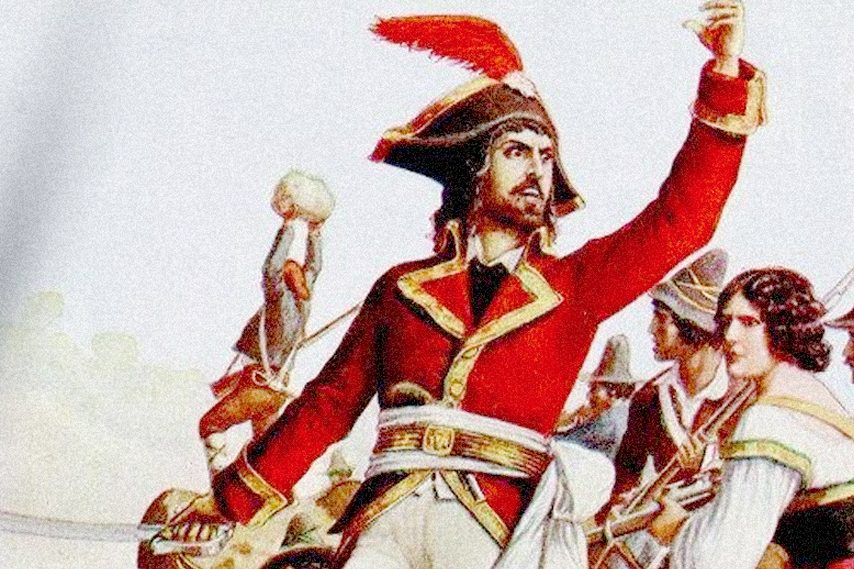The Renaissance proper began in Florence in the Fourteenth Century, a rebirth of the learning of classical antiquity, the discovery of long lost Greek and Latin literature, and a flowering of art, science and scholarship – the creation of the modern world. Less known is the foundation upon which this magnificent structure was built, what may rightly be called the first Renaissance which, began over 200 years earlier.
The Norman conquest of England in 1066 is well known, but the beginning of their reign in Italy a year earlier is less so. They established themselves in the southern part of the peninsula, and soon freed Sicily from the Saracens. After a series of conflicts they were able to partially consolidate their various holdings, and on Christmas Day, 1130, Roger II, son of Roger the Great and Adelaide del Vasto, was crowned King of Sicily in Palermo. His cloak, which is now preserved in Vienna, was used afterwards for the coronation of the Holy Roman Emperors.
Despite this, the conflicts continued, and he had to fight the forces of the Pope, England, France and Germany, a struggle which continued for ten years. By 1140 he emerged fully victorious and was the King of Sicily, southern Italy and even a part of the Barbary Coast of North Africa. Now arguably the greatest king of the age, he turned his attention to creating the most brilliant royal court in the world at his capital, Palermo.
Scholars, artists, and merchants, Italians, other western Europeans, Arabs, Greeks and Jews created a cultural flowering the likes of which had not been seen since ancient times. The works of Plato, Euclid and Ptolemy were translated into Latin, making them available to the rest of western Europe. He sent scholars and artists throughout the known world to record everything they could, data which was used by his court geographer, the Saracen al-Idrsi, to make the most accurate map of the world with descriptions of it in his Book of Roger, named after his patron.
Freedom of religion was enjoyed throughout the realm, and the economy flourished. The GDP of Palermo alone exceeded that of all of England. To further facilitate trade and commerce, he created the ducat, named after the Duchy of Apulia, as the standard coinage, which remained so for centuries after his time throughout Europe and beyond. The law, which varied from region to region, was finally codified by the Assizes of Ariano. Decrees were issued in the four major languages of the realm, Arabic, Greek, Hebrew and Latin (modern Italian had yet to emerge from its roots).
His fleet was the most powerful in the world and protected the seas. The head of it, George of Antioch, a Melkite Christian, was given the title ammiratus ammiratorum, Latin for emir of emirs, from which the word admiral is derived.
The eclectic and ecumenical spirit of his reign is perhaps best exemplified in the magnificent architecture which may still be enjoyed in such structures as the church of the Martorana, and the Palatine Chapel, which combine Italian, Saracen and Byzantine elements and are adorned with spectacular mosaics.
Roger II died at the age of 58 in 1154, leaving behind a prosperous, stable kingdom, but his greatest legacy was the amalgamation of the best of the various cultures of his realm, an invaluable contribution to Western civilization which would see its full flowering in the better known Renaissance which was yet to come.































